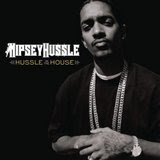 Hey Readers!
Hey Readers!We had a great show last night that featured 2 wonderful special guests Armondo Moran A.K.A "Mondo" KRS 1 Personal assistant and from "Temple of Hip Hop"

& "Big Chan" the lead MC from Snoop's 1st female Group "Doggies Angels"
Big Chan, formerly of Snoop Dogg's, "Doggy's Angels" w

as able to give real insight on what it's like to start in the world of Hip Hop at a young age, and learn the importance of establishing that you are an Entity, you are a Brand, most importantly you are a Business. Big Chan, has risen to the top in the Music Industry while too making the same mistakes so many business owners and artists made in the beginning years. We are proud to say, Big Chan, learned from those same mistakes and has now developed a Successful Clothing Line, known as, Cyndarella Coutre. For more information on the various Celebrities that she has worked with enjoy by clicking
www.myspace.com/cyndarellacoutoureMONEY & M USIC SHOW - GET YOUR FINANCIAL TIPS RIGHT HERE!
USIC SHOW - GET YOUR FINANCIAL TIPS RIGHT HERE! If you missed this week's segment of the Money & Music Show, for all you artists & start-ups tune in & get your notepad's because we only drop it Heavy for you.
*HOT TIPS FOR BRANDING YOUR BUSINESS*
1. Think ahead.
If you will be developing a product line from your invention, will you need a "line name," as well as a "product name." How will the product names relate to each other? In the case of Nukkles, its cousins Nuzzles® and Snukkles®, have an auditory, oral, and functional similarity. But the seeds of this trio did not sprout until I discovered that different materials could be used in the Nukkles that would enable different massage effects... different strokes for different folks and kids and animals! From another line I created, HoundsAcrossAmerica®, came HoundBag® and HoundToy. Of course, look no further than Apple®'s "I"- "you're the apple of my eye"- products. IMac®, IPod®, IPhone®... now there was some planning for the future!
2. Know your market before you choose a name. Will the product be sold on television, the internet, or in high- end retail
? The more mass market your product, generally, the more your product name should say what it does. Names like Urine Gone! or Nicer Dicer, may not work well for Neiman Marcus, but will do super among infomercial junkies. 3. It's a new product. Give it a new name!
The name should not remind prospective customers of any product that is already on the market, especially ones similar to your product. Please don't say you've invented another ab machine; they are confusing enough as it is to identify. Ab Wheel, Ab Trainer, Ab Sculptor, Ab Roller, Ab Straps, Ab Incline, Ab Crunch,
Ab Board, Ab Slider, Ab Toner, Ab Shaper... most of these names are not trademarkable because they are descriptive words in common use. Mr. John Abdo was able to trademark his machine, the AbDoer®, because the brand comes from his own name and not the words "ab" and "do." Now wasn't that lucky!
4. Pick a short memorable name.
The majority of top brand names are two syllables; some three syllable names get in there, and four syllables will work if your name is
Coca-Cola®. I was not a fan of the brand
This Can't Be Yogurt® which is now called
TCBY®.

One of the most important assets you can develop for your business is a powerful brand. Brands are not just logos or tag lines. Brands are the culmination of wh
o you are, how you’re different from your competition, and why a buyer should do business with you.
Whether you’re an established company or small start-up, a brand has tremendous impact. A brand instills confidence, creates loyalty, and many times can command a premium price. But most of all a great brand reduces a buyer’s perception of risk and makes the
purchase choice easy.
Developing a brand is much more than just deciding on a name or picking some colors. A brand is the sum of all you do. It’s derived from all your touch points with your customers and prospects. Developing a brand requires having a plan that consistently communicates what your company is and does, along with your distinct attributes, image, and personality.
Your brand purpose: a logical snapshot of what you provide the market.
Your brand points of difference: things that are truly distinct that your competitors can’t copy. While great customer service is important, it’s not a point of difference; many of your competitors will claim the same thing. A point of difference can include a visual symbol, story, color scheme, proprietary process or product, historic milestone, physical characteristic, or combination of several of these.
Your brand personality: a collection of human-like traits and adjectives that best describe your brand.
Your brand promise: the emotional side of your purpose. If you were a tailor, your purpose would be to make and alter clothes and your promise would be to give people confidence when their clothing fits just right.
Define and Relate to your Target Audience
This means understanding your audience’s age, sex, ethnicity, income, education level and locale. What motivates them to buy? How do they think? What are their hot buttons? Set up customer profiles, even if it’s just in a simple spreadsheet. If you've done your homework in Step 3 and created your business plan, chances are you already have your target audience defined.
Choose a Brand Name
While your name is certainly not everything, it is an important piece to building a lasting brand.
Great brand names:
Are emotional
Stick on the brain
Have personalities
Have depth to tell stories and communicate with
As soon as you pick a name for your company, secure a domain name that is consistent with your brand name. You should also research trademark availability. Should a name be literal and descriptive or obscure and emotional? There are strong arguments on both sides. Leaning toward the obscure and emotional can lead to very distinctive brands, which the literal and descriptive can speed up the process of communicating your message to your audience. Each case is unique and sometimes brand names get passed down and changing them would take an act of Congress.
Be original
Generic names like Computer Solutions, Printing, or Innovative Technologies will just make you spend more and work harder at building a brand. They don’t have legs and will likely drown in the sea of sameness. Being descriptive - as opposed to being generic - is not a bad thing for names. Given your limited budget, it can actually be a great way to go. Try to be original so your name stands out, so it means something, so you can own it, and so it will be much harder to copy. Avoid names that are hard to spell or pronounce.
Name availability tools
BizFilings provides inexpensive solutions to check for and reserve your business name.
Name Check
Name Reservation
Ask yourself, how will the market receive the name? With supporting context, will the market get it? Will it jive with your strategic positioning of the brand? Are there negative connotations or associations with the name? Is there a magic, fool-proof method for testing names? No. In fact, sometimes too much analysis just delays decisions and defeats the whole mission of naming your brand before the next decade. I recommend that you test a little, listen a little to people you respect, listen to
your gut feelings, and proceed with a choice.
While the brand name is very important, a brand cannot survive on name alone. The brand name and how the brand is executed are equally vital for a successful and sustained brand life. A great brand name can serve as the anchor to your cause, a symbol to your story, a point of difference in your marketplace, a memory trigger, or just one important part of your branding arsenal
Create a Logo (http://www.createmint.com/)
A logo is the visual image of your company that will be used in a variety of applications. When you are considering a design, think simple. Some of the best logos are one color and for a start-up, this can save you printing expenses. Test how it photo copies and works in a digital environment. Sample other venues that you may grow into like an outdoor sign, moving vehicle, or promotional items like t-shirts and golf hats.
Make a List of all your Other Touch Points
Every time you touch a customer or prospect, you should feel your brand breathing. This can include your environment, other promotional activities, and even how your phone is answered. Remember the brand is the sum of you; infuse as many contact areas as possible with your brand essence or DNA .
Create a Demand for your Brand
Your product’s performance, your customer service, follow-through, and your communication add up to a brand experience. Great experiences turn your brand into a magnet for new and repeat business. Buyers will seek you out, tell their friends, and remain loyal. Your brand can make the buyer’s choice easy. That is the power of the brand.

Now, you see the GREEN Button, DON'T PRESS IT!!! It's like the Bat Mobile, you don't know where it will take you. So fortunately this week "Cool V" went ahead and pressed it for us, helping us to focus Branding, giving some basic tips on understanding how to begin building your company.
Now that you are Branded, make sure you do as "Money" Mike pointed out on the show, get INCORPORATED, if you missed last week's segment, go back listen in & read the archive, he was able to give a chart of the various methods of incorporation. However, as he always stress seek counsel as each and everyone's goals & concerns are different, there is a no one size fits all.

Have Questions? NEED ANSWERS?? They don't claim to know everything, but one thing they are sure to know how to point you in the RIGHT DIRECTION....till next week, I think the Dynamic Duo is planning something for us...tune in.
And for you Hustlers Rock the Shirt, before them Haterz DO!!!
moneyandmusic@gmail.com

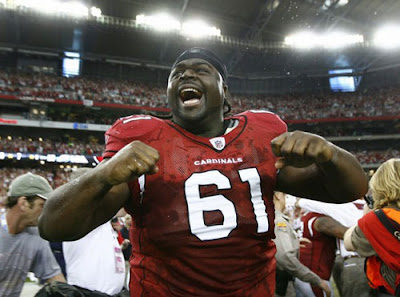




 REPORTEDLY, 37 MILLION AMERICANS LIVE IN POVERTY AND WITH A BATTERED AND BLOODY ECONOMY IT IS PREDICTED THAT THE NUMBER OF THE HOMELESS AND HUNGRY WILL GET HIGHER.WITH THAT SAID, ON NOVEMBER 26, 2009 AT 11:00AM. THE MOTION COMMUNITY HOUSE & ELTON BROWN IS ORGANIZING FREE MEALS FOR NEIGHBORS AND FRIENDS WHO MAY BE DOWN ON THEIR LUCK OR MAY JUST WANT TO COME AND BRING THEIR FAMILIES TO SHARE IN THE SPIRIT OF
REPORTEDLY, 37 MILLION AMERICANS LIVE IN POVERTY AND WITH A BATTERED AND BLOODY ECONOMY IT IS PREDICTED THAT THE NUMBER OF THE HOMELESS AND HUNGRY WILL GET HIGHER.WITH THAT SAID, ON NOVEMBER 26, 2009 AT 11:00AM. THE MOTION COMMUNITY HOUSE & ELTON BROWN IS ORGANIZING FREE MEALS FOR NEIGHBORS AND FRIENDS WHO MAY BE DOWN ON THEIR LUCK OR MAY JUST WANT TO COME AND BRING THEIR FAMILIES TO SHARE IN THE SPIRIT OF
 US
US
%5B1%5D)










.jpg)










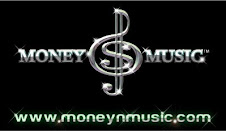.jpg)



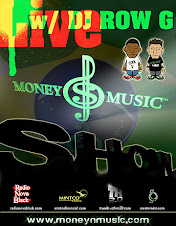.jpg)






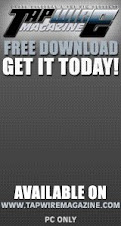
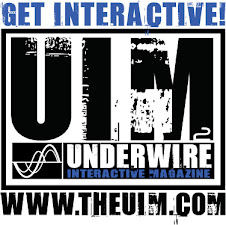.jpg)



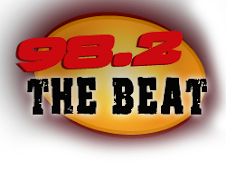
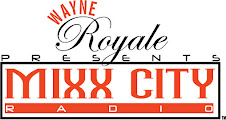.jpg)


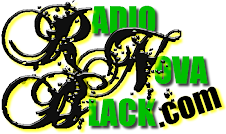


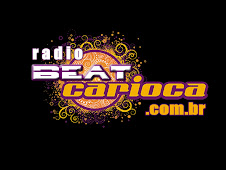.jpg)

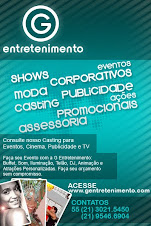.jpg)



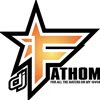




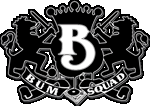



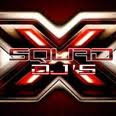
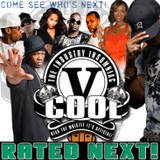



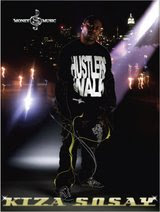

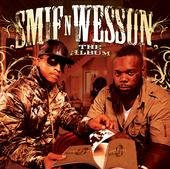

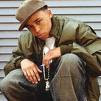

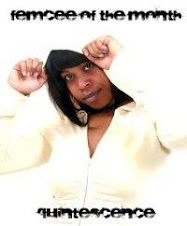

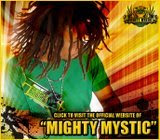





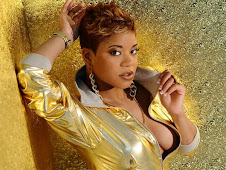


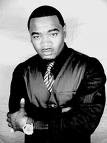



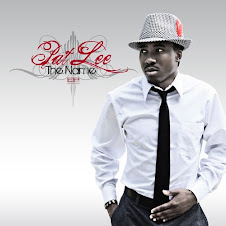.jpg)
